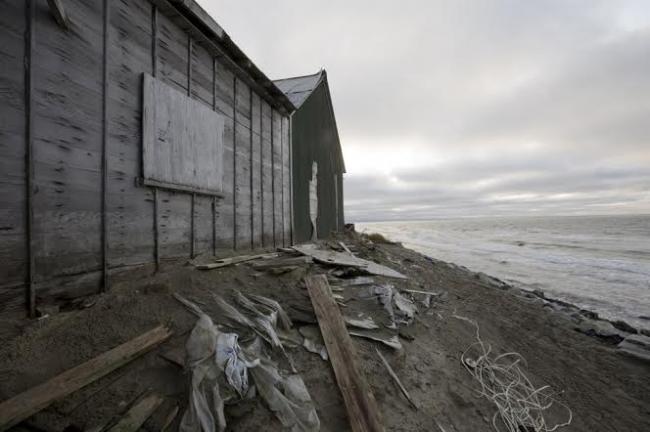
Global response ‘keeps door open’ to limit temperature rise to 2 degrees Celsius: UN
A new report issued on Saturday by the secretariat of the UN Framework Convention on Climate Change (UNFCCC) assesses the collective impact of over 140 national climate action plans, called Intended Nationally Determined Contributions or INDCs, and says that together, they can dramatically slow global emissions into the atmosphere.
INDCs will form the basis of the agreement expected to be reached at the 21st Conference of the Parties to the UNFCCC (COP21), to be held in Paris, France starting at the end of November.
“These INDCs – or national climate action plans – represent a clear and determined down payment on a new era of climate ambition from the global community of nations,” said Christiana Figueres, UNFCCC Executive Secretary, in a press release.
“Governments from all corners of the Earth have signalled through their INDCs that they are determined to play their part according to their national circumstances and capabilities,” she continued.
Figueres highlighted that if countries fully implement their INDCs, these plans together will begin to make a significant dent in the growth of greenhouse gas emissions.
“As a floor they provide a foundation upon which ever higher ambition can be built. I am confident that these INDCs are not the final word in what countries are ready to do and achieve over time – the journey to a climate-safe future is underway,” she noted, adding that the agreement to be inked in Paris can catalyze that transition.
The report captures the overall impact of national climate plans covering 146 countries as of 1 October. This comprises 119 separate INDCs from 147 Parties to the UNFCCC, including the EU, a single Party representing 28 countries. In the past month, more INDCs have been submitted, and UNFCC says submissions are likely to continue.
Meanwhile, the 146 plans include all developed nations and three quarters of developing countries under the UNFCCC, covering 86 per cent of global greenhouse gas emissions – almost four times the level of the first commitment period of the Kyoto Protocol, the world’s first international emission reduction treaty that required emissions cuts from industrialized countries.
One of the key findings is that the INDCs will bring global average emissions per capita down by as much as 8 per cent by 2025 and 9 per cent by 2030.
“The INDCs have the capability of limiting the forecast temperature rise to around 2.7 degrees Celsius by 2100, by no means enough but a lot lower than the estimated four, five, or more degrees of warming projected by many prior to the INDCs,” said Ms. Figueres.
According to UNFCCC, the report does not directly assess implications for temperature change by the end of the century under the INDCs because information on emissions beyond 2030 is required.
In addition, UNFCCC noted that all analyses deliver more or less similar emission levels in 2025 and 2030 and all confirm that the INDCs, if fully implemented, are an important advance on previous scenarios.
“These plans set a determined course, clearly recognizing that successful climate action achieves not only low emissions but a host of other economic and social benefits for governments, citizens and business,” Figueres stressed.
“Backed by financial support for developing countries, a clear long-term destination of climate neutrality in the second half of the century and a ratcheting up of ambition in a structured, transparent and timely way, the INDCs provide an inspiring part of what will become the Paris package,” she added.
Photo: UNEP GRID Arendal/Lawrence Hislop
Support Our Journalism
We cannot do without you.. your contribution supports unbiased journalism
IBNS is not driven by any ism- not wokeism, not racism, not skewed secularism, not hyper right-wing or left liberal ideals, nor by any hardline religious beliefs or hyper nationalism. We want to serve you good old objective news, as they are. We do not judge or preach. We let people decide for themselves. We only try to present factual and well-sourced news.







